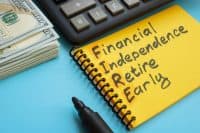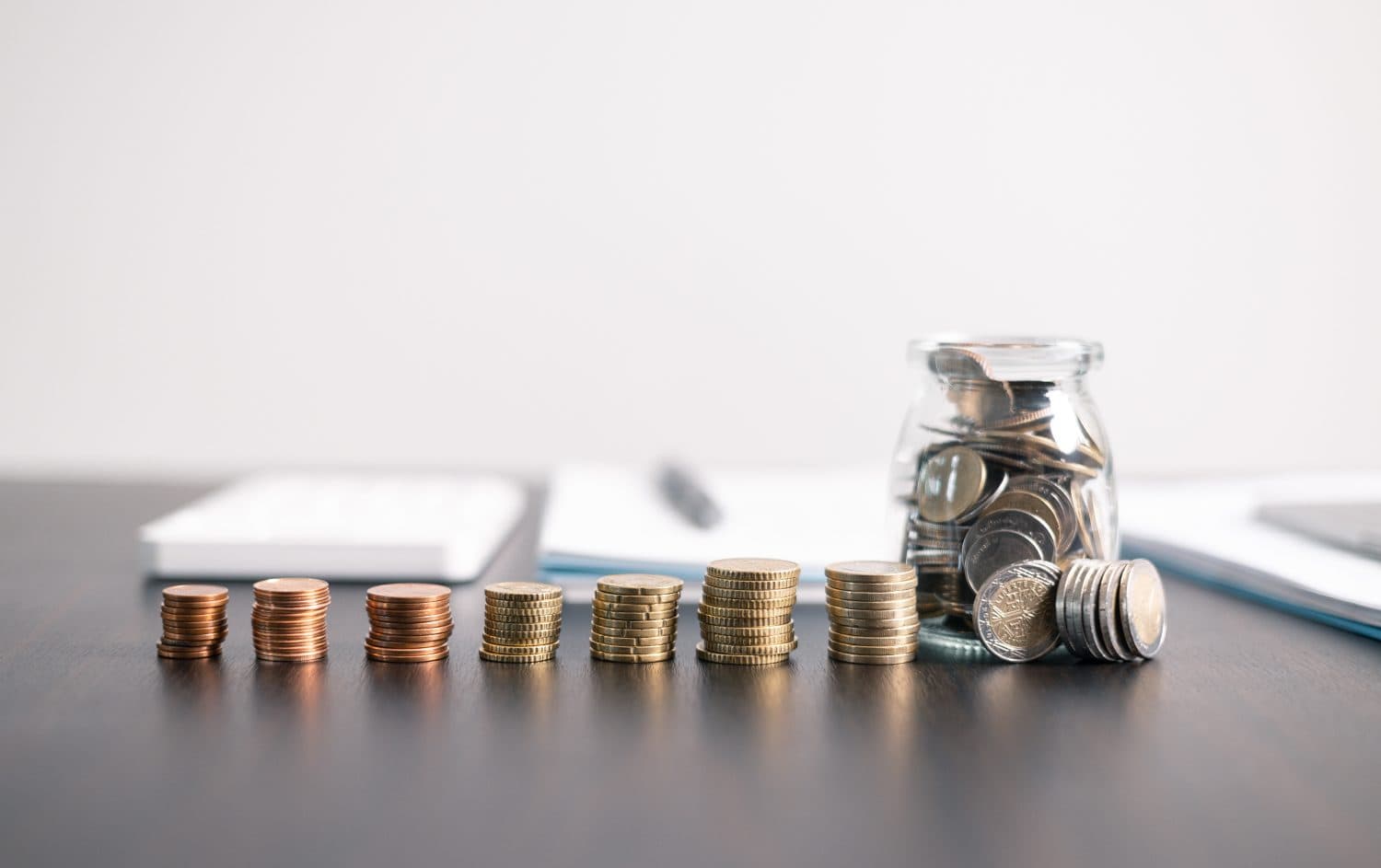
Around 31% of Millennials currently have under $1,000 in savings. Another 21% have between $1,000-$5,000, and then 9% of Millennials have $5,001-$10,000. Does that seem bleak? Yes. Absolutely. The neutral news is that this percentage mirrors their Generation Z and Generation X neighbors. Coming out on top are the 17% of Baby Boomers who have over $500,000 in savings, followed by 20% of Baby Boomers having under $1,000.
Key Points
-
High-yield savings accounts can be one of the most useful tools for millennials to earn extra money.
-
High-yield savings accounts often come with more restrictions than traditional savings account, however.
-
The best high-yield savings accounts are paying way more than most Americans realize, with some offering cash bonuses for new accounts. Click here to see our top pick today. (Sponsored)
If we are talking about the entire American population, 28% currently have less than $1,000 in savings. This includes personal savings, emergency funds, non-workplace retirement accounts, and non-workplace retirement investment accounts. However, 34% of Millennials had planned to save $2,501 to $5,000 by the end of 2024.
Financial Literacy

Speaking of financial literacy, only 57% of American adults are adequately financially literate. 10 years ago, 76% of American adults were financially literate. With the wealth disparity that is happening, the fact that financial literacy is on a statistical downward trend isn’t surprising. Financial literacy is understanding enough about various financial skills in order to make informed decisions about your money. This can include things like investing, budgeting, saving, debt, and living within your means. Having adequate financial literacy can help you understand what kind of life you can afford, build your credit score, build wealth for retirement, and most importantly, survive this post-capitalist hellscape that we seem to be spiraling into.
Financial literacy, or personal finance knowledge, can be monitored with the P-Fin Index. The P-Fin Index is a set of 28 questions in an annual survey to measure these statistics. A couple of other surveys known as “The Big 5,” and “The Big 3,” are standardized questions that visit topics such as risk comprehension, retirement fluency, social security benefits, inflation, the difference between simple and compound interest, and investing.
A question that is considered one of the most important questions on the P-Fin Index to determine adequate financial literacy is:
Suppose you had $100 in a savings account and the interest rate was 2% per year. After five years, how much do you think you would have in the account if you left the money to grow?
Can you answer this question? Fear not, Disenfranchised Millennial, we will answer that question for you. The answer is about $111. But if you don’t know the answer, or know how to calculate the answer, you aren’t alone. Being able to answer this question is foundational for being able to have enough savings.
Being a Millennial is hard and comes with the growing realization that as you get older, the systems we were born into are no longer serving us like they served our parents. So, I’m not going to sit here and try to convince you to put your trust in an institution (the call is coming from inside the house, am I right). But, if you already do trust an institution to hold your money (is money even real? That’s a different conversation for another time), you might as well maximize your benefit from it and put it into a high-yield savings account. There are very few reasons to use a traditional savings account instead of a high-yield savings account.
Around 68% of Americans have a standard savings account rather than a high-yield savings account or CDs. Only 24% of Americans have a high-yield savings account. So what is a high-yield savings account and why should you sign up for one? A high-yield savings account can be viewed as a passive form of income, and a way to boost your emergency funds. To describe it simply, the more you keep in the account, and the less you touch it, the more money you earn.
Think of a savings account and interest as you (the owner of the money) charging rent (interest rate) for the bank to hold your money (savings account). The standard annual rate of return of a traditional savings account is around 0.42%. So, If you are already using a traditional savings account and earning less than 1% in interest, you may as well get the highest annual rate of return you possibly can and increase that number up to 4% or even 5%. You could potentially be earning 10 times more free money than you would have earned if you had kept your money in a traditional account. If we have to participate in capitalism, we should maximize our benefit from this system as much as possible.
Traditional Savings Account

Traditional savings accounts and high-yield accounts have several things in common but have significant differences. Both types of accounts are structurally the same, may limit withdrawals, can be used short or long-term, are federally regulated, and might require a minimum opening deposit. Because both are federally regulated, both offer NCUA and FDIC insurance, which eliminates risk with both types, and both have an average percentage yield (APY).
Some reasons that people might have a traditional savings account are that they are accessible, straightforward, and easy to understand. It is also much easier to deposit physical cash into your traditional savings account, as you are likely to have more in-person branch options near you.
A few downsides of traditional savings accounts are hidden fees, minimum balance amounts, restricted online banking options, and even monthly maintenance fees. With all fees considered, that 0.42% interest can cancel out quickly.
High Yield Savings Accounts
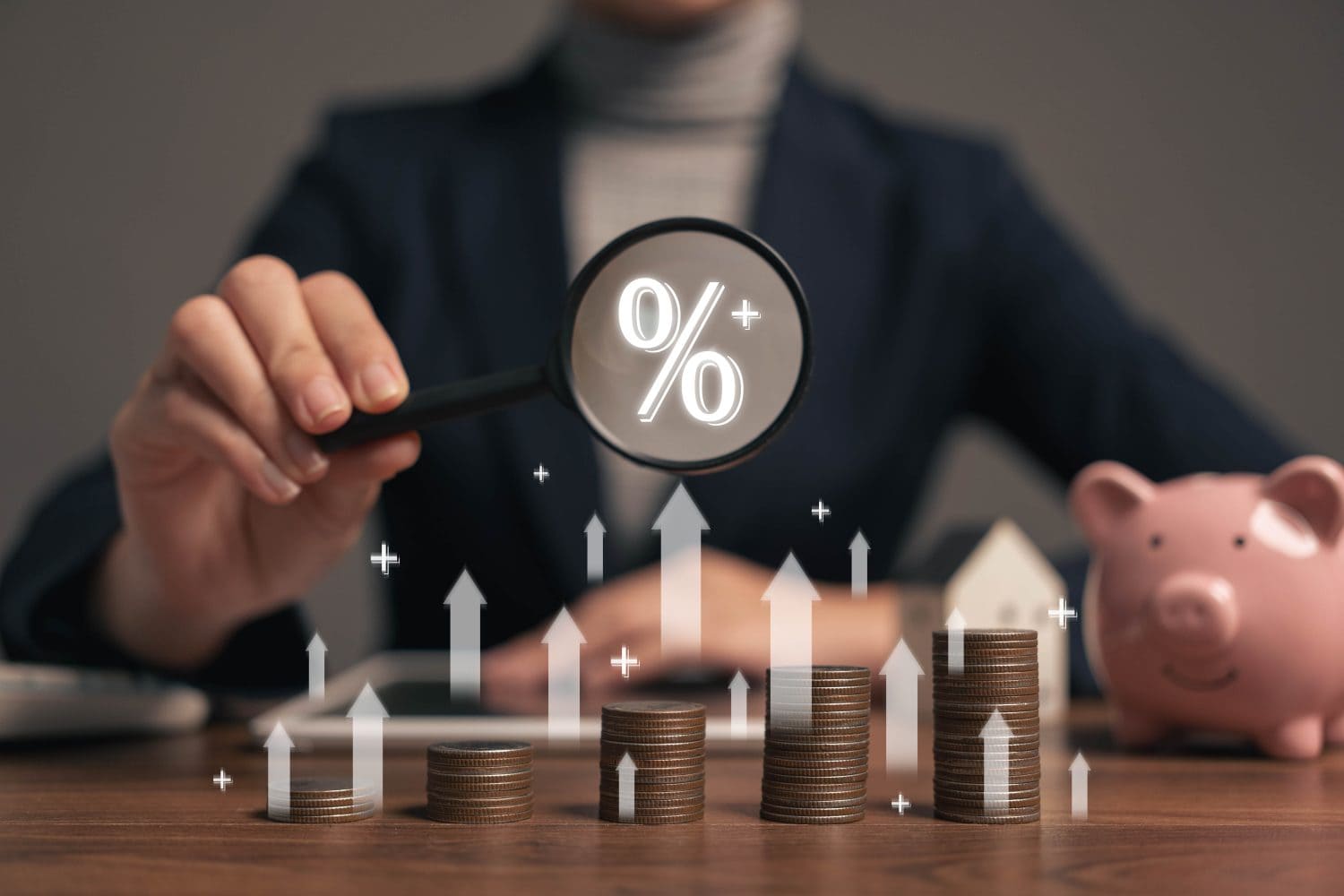
In contrast to traditional savings accounts, high-yield savings accounts are offered through online banks, online credit unions, and neobanks. Neobanks, or “challenger Banks,” are just a form of fintech (financial technology) meant to streamline savings and checking accounts, eliminate fees, reduce the costs that brick-and-mortar banking can accumulate and be passed on to customers, and offer online-only banking, usually through a secure app. The goal is to reduce the monopolization of mega-banks and offer more sustainable ways to bank. An online bank, on the other hand, will have those benefits and also a broader range of financial products available like savings accounts, checking accounts, loans, credit cards, etc. So those will be more for people looking for a “one-stop-shop,” kind of banking experience.
For traditional banking preferred customers, a high-yield savings account might not be as accessible as your traditional savings account at a mega-bank. Online banks can offer such high annual percentage yields because they aren’t spending the costs associated with human interactive brick-and-mortar locations. If you are the type of person who is perhaps more nostalgic and sentimental and enjoys rolling up to a brick building, speaking with a human face-to-face, and collecting your standard lollipop after depositing your paycheck, this might not be for you, and that is ok. Some people like to run errands, and some people would rather use an app. It is just based on your personal preferences.
On the other hand, most high-yield savings accounts have lower monthly fees (sometimes none at all), and lower minimum deposit or balance requirements (again, sometimes there aren’t requirements at all), which could make this option much more accessible to people who are starting out or starting over their emergency funds. It might also allow you to save up enough to buy your own bag of lollipops. After all, you are an adult, and you are allowed to buy candy anytime you want.
CD Accounts
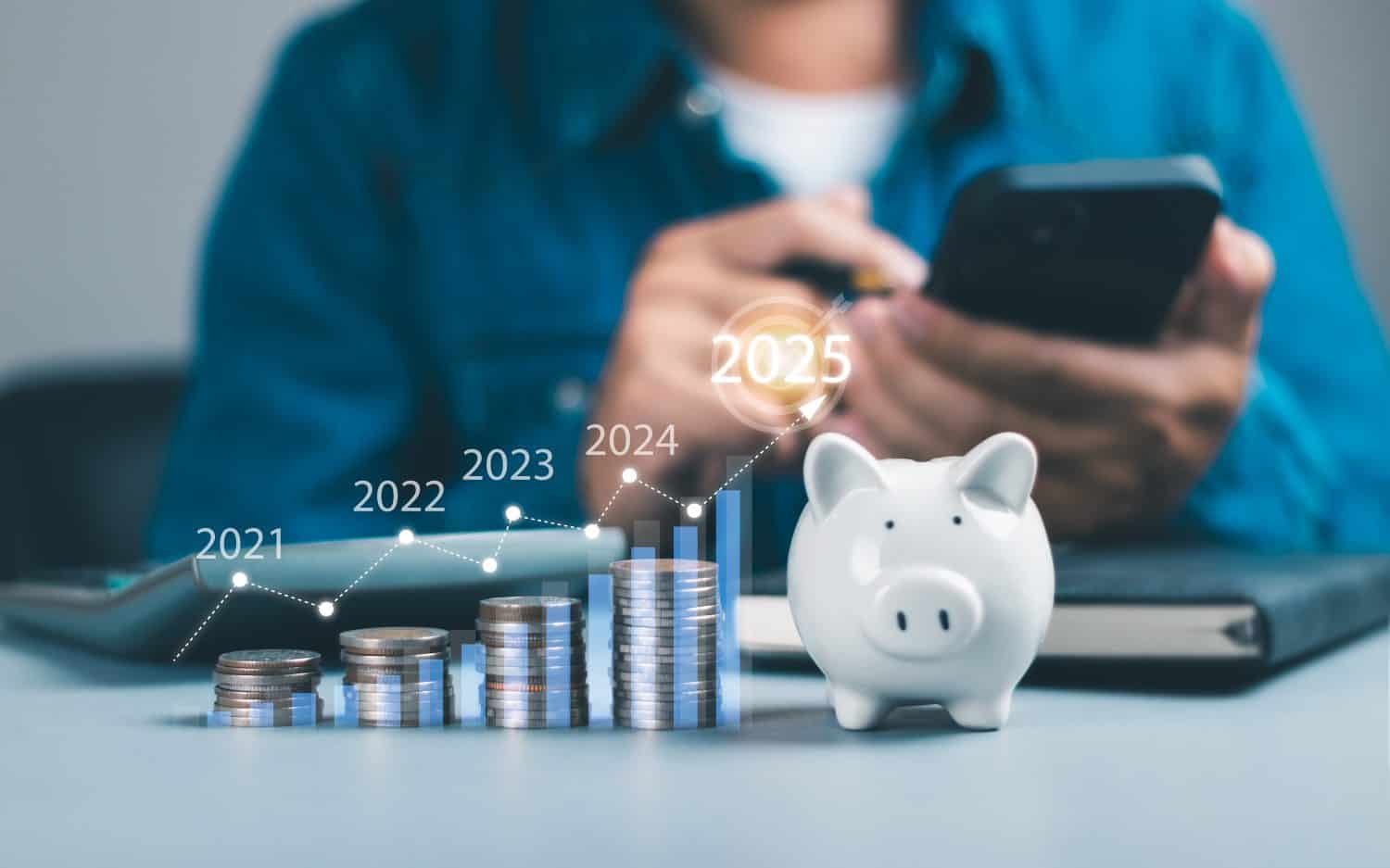
CD Accounts, or certificates of deposit are another type of savings account. CDs are like high-yield savings accounts with time requirements. CDs have term limits, anywhere from 30 days to 60 months or more where you agree to not withdraw until the CD is matured (the term limit ends).
Withdrawing this money early will usually earn you a large penalty fee. After the CD is matured, a common practice is to put it all into a new CD. CDs are great options for people who don’t need immediate access to all of their savings funds, and looking to let it passively grow. CD Accounts can be offered through traditional and online banks, and similar to high-yield savings accounts, online banks will offer more competitive annual percentage yields.
Opening a High Yield Savings Account
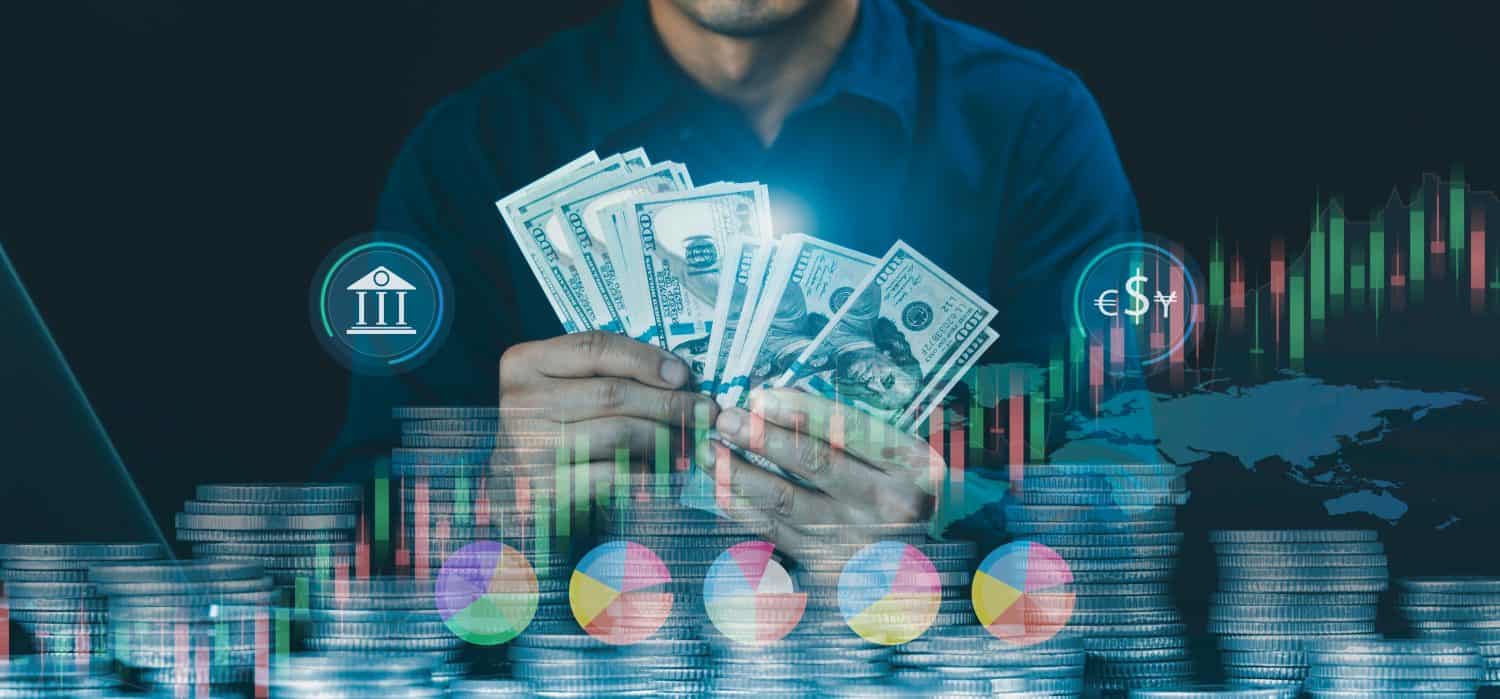
When considering which type of savings account to open, you might decide to open multiple accounts. Most wealth portfolios include a mix of all types of savings accounts. It all depends on what your long and short-term financial goals are.
As previously discussed, high-yield savings accounts can come from banks, credit unions, and credit card companies. Many of the highest yields are in the form of online savings accounts. Because they are online, they are able to offer the highest rates.
So how can you open your own high-yield savings account? It’s actually pretty easy. Similar to opening any bank account, you need to provide some of your basic information, make a deposit, and presto-change-o, you are the proud owner of a high-yield savings account. Some accounts can even be set up online in as little as 5 minutes. If that feels too scary, traveling to your nearest bank branch and setting up an account in person with a teller might feel safer, and having a physically knowledgeable person there to walk you through the process might be a valuable service for some customers.
The value of a high-yield savings account comes in the form of compound interest, and time. With high-yield savings accounts, you can earn simple interest if you don’t do anything besides making a deposit and leaving it alone for a few years, or you can earn compound interest if you start with some money and then contribute to it regularly for several years. In the latter scenario, you are earning interest on the annual account total as well as your monthly contributions, which will get you much more money in the long run.
You won’t get rich quickly with any kind of savings account alone, but over a handful of years, you could be making a sizeable passive income just from generating compound interest from your high-yield savings account. I know, I know, when I hear the term “compound interest,” I too am taken right back to the third seat in the last row of my 9th-grade Financial Literacy class staring out the window being bored out of my mind and daydreaming about lunch while simultaneously concocting excuses of why I would need to roam the hallways aimlessly just like you currently are. But, now that we are adults, we should try to set ourselves up as well as we can for whatever kind of future there is ahead of us.
Sample Account Models

To illustrate how much money you could earn passively this year with a high-yield savings account, the following formula will be calculated below:
If we start with ___ in our account and contribute __ per month, you would have ____ by the end of the year. That means you would earn __ in passive income in one year and___ after 10 years.
We will base our calculations on a starting amount of $1,000 with a $100 monthly contribution and then again with a starting amount of $5,000 with a $100 monthly contribution to mirror the average amount of savings millennials currently have. Since 59% of Millennials have $5,000 or less in savings, we decided to show a model that represents $1,000 and $5,000.
2% high-yield savings account
Starting Amount: $1,000
- Annual Rate of Return: 2%
- Monthly Savings Contribution: $100
- Total after 1 year: $2,231
- Total Passive Earnings After 1 Year: $36
- Total after 10 Years: $14,493
- Total Passive Earnings After 10 Years: $2,493
Starting Amount: $5,000
- Annual Rate of Return: 2%
- Monthly Savings Contribution: $100
- Total After 1 Year: $6,312
- Total Passive Earnings After 1 Year: $112
- Total After 10 Years: $19,378
- Total Passive Earnings After 10 Years: $7,378
3% high-yield savings account
Starting Amount: $1,000
- Annual Rate of Return: 3%
- Monthly Savings Contribution: $100
- Total After 1 Year: $2,247
- Total Passive Earnings After 1 Year: $47
- Total After 10 Years: $15,323
- Total Passive Earnings After 10 Years: $3,323
Starting Amount: $5,000
- Annual Rate of Return: 3%
- Monthly Savings Contribution: $100
- Total After 1 Year: $6,369
- Total Passive Earnings After 1 Year: $169
- Total After 10 Years: $20,721
- Total Passive Earnings After 10 Years: $8,721
4% high-yield savings account
Starting Amount: $1,000
- Annual Rate of Return: 4%
- Monthly Savings Contribution: $100
- Total After 1 Year: $2,263
- Total Passive Earnings After 1 Year: $63
- Total After 10 Years: $16,216
- Total Passive Earnings After 10 Years: $4,216
Starting Amount: $5,000
- Annual Rate of Return: 4%
- Monthly Savings Contribution: $100
- Total After 1 Year: $6,426
- Total Passive Earnings After 1 Year: $226
- Total After 10 Years: $22,179
- Total Passive Earnings After 10 Years: $10,170
Best High-Yield Savings Accounts

American Express High Yield Savings Account
- APY: 3.8%
- Minimum Balance: $0
- Monthly Fee: $0
American Express is a popular credit card issuer, but did you know that they are also an online bank? Its official name is American Express National Bank. If you already have an American Express credit card, you are eligible for even more benefits and rewards, like access to a high-yield checking account as well. The great thing about this account is that there is no minimum deposit requirement to start earning interest. American Express National Bank also has an attractive CD account, if you are interested in that as well. Customers of American Express National Bank have access to 24/7 customer service and access to a large nationwide ATM network.
One of the downsides of this account is that cash deposits and branch access aren’t possible because it is an online bank. There also aren’t any overdraft protection options. That means that if you spend from your savings account, the purchase will go through and you will accumulate debt. Overdraft protection prevents the account holder from enacting purchases when there are insufficient funds to complete the transaction.
Capital One 360 Performance Savings
- APY: 3.80%
- Minimum Balance: $0
- Monthly Fee: $0
- Introductory Bonus: N/A
The Capital One 360 Performance Savings is great for customers who like to automate their lives and start building their savings hassle-free and intuitively. Using the app, customers can set up automatic savings plans, and manage multiple savings accounts at once that are goal-specific (all earning a high yield, of course), and there is no need to go into a bank with the mobile check deposit feature. You can even transfer money to different accounts right from the app!
This online savings account is super easy to open, usually taking about five minutes, and is FDIC-insured. Of course, if you need to go into a physical location, you can find one of Capital One’s cafes or bank branches.
Openbank By Santander High Yield Savings
- APY: 4.75%
- Minimum Balance: $500
- Monthly Fees: $0
- Introductory Bonus: N/A
Openbank is trying to revolutionize banking by offering a totally secure banking experience straight from your phone with 24/7 customer service (yes, a genuine real person will help you). This APY is one of the highest available for a savings account and is incredibly easy to open. The APY of 4.75%is a whopping 10x the national average.
One of the selling points for Openbank is its commitment to online security. With face recognition, and identity validation, you can be sure that “industry-leading security,” is available from day 1. Santander has been servicing customers for 167 years and has taken pride in being a global industry leader. It is also a leader in ethical banking by supporting a sustainable and green economy globally, supporting education, employability, and entrepreneurship. Santander has invested over 2.3 billion euros in over 1,200 universities across 26 countries over the past 27 years. This is more than banking, it is building a better world.
Discover Online Savings
- APY: 3.75%
- Minimum Balance: $0
- Monthly Fee: $0
- Introductory Bonus: $200
This online savings account is shockingly devoid of fees, not even for expedited delivery of official bank checks or insufficient funds. It is FDIC-insured with automatic deposit insurance of up to $250,000. Discover has a branch in Delaware, with 24/7 customer support. There is even a special bonus of $150-$200 for your first $15,000 deposit.
In addition to the Discover Online Savings, Discover offers an excellent package of accounts including the Discover Cashback Debit, Discover CD, and the Discover Money Market Account.
The Average American Has No Idea How Much Money You Can Make Today (Sponsor)
The last few years made people forget how much banks and CD’s can pay. Meanwhile, interest rates have spiked and many can afford to pay you much more, but most are keeping yields low and hoping you won’t notice.
But there is good news. To win qualified customers, some accounts are paying almost 10x the national average! That’s an incredible way to keep your money safe and earn more at the same time. Our top pick for high yield savings accounts includes other benefits as well. You can earn up to 3.80% with a Checking & Savings Account today Sign up and get up to $300 with direct deposit. No account fees. FDIC Insured.
Click here to see how much more you could be earning on your savings today. It takes just a few minutes to open an account to make your money work for you.
Our top pick for high yield savings accounts includes other benefits as well. You can earn up to 4.00% with a Checking & Savings Account from Sofi. Sign up and get up to $300 with direct deposit. No account fees. FDIC Insured.
Thank you for reading! Have some feedback for us?
Contact the 24/7 Wall St. editorial team.

